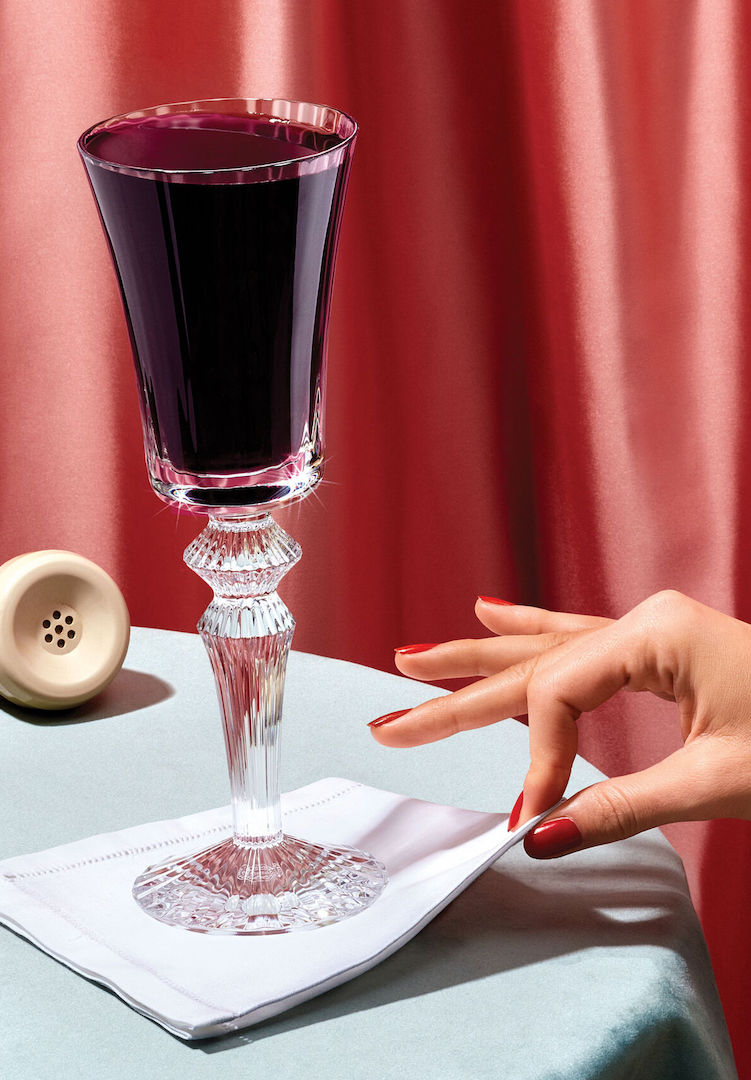Ask A Sex Therapist: I have pain during sex, help!
IMAGE VIA SUKU
WORDS BY LAURA MIANO
Sex should never be painful.
Laura Miano is a sex and relationship writer and sex therapist based in Melbourne. Her mission is to help those with sexual concerns as well as support individuals who might like to enhance their sex lives beyond cultural norms. To learn more about her, follow @lauramianosexology or contact her here.
“I have pain during sex, help!” – Sexually Sore Vulva Owner
You aren’t alone. Sexual pain is the most common issue I treat in sex therapy – a lot of vulva owners experience this and it can originate from a range of conditions.
While it’s hard for me to pinpoint what you might have, if you were a client of mine, one of the first things I would ask would be “Where is the pain?”
For more sex advice, head on over to our Life section.
Is it on your vulva (i.e. your labia, your clitoris or any other area on the external part of your genitalia), is it on the opening of your vagina, or is it deeper inside your vagina perhaps near your cervix?
There are different conditions associated with each of these areas and while I could write an article for each of them, I’m going to stick with the most common conditions I deal with in sex therapy. These are vaginismus, vulvodynia and endometriosis.
While sex therapists don’t treat or ‘cure’ the last two, they can help clients manage how it interferes with their sex life. Vaginismus on the other hand is something a sex therapist, in collaboration with other practitioners, can treat.
Firstly, it’s important you understand what condition, if any, is causing the pain. In order to do this, I recommend you visit a pelvic floor physio. They can do a physical examination and will either be able to give you a diagnosis or refer you to another professional who can.
If it’s vaginismus, you might be experiencing pain at the opening of your vagina, when you attempt penetration of any kind – tampons, fingers, toys or a penis. Vaginismus involves involuntary contractions of the pelvic floor muscles that surround the vagina.
Whether it’s muscle memory or messages received from your unconscious or conscious mind, those muscles will engage and virtually close your vagina, making it excruciating to insert anything inside.
Vaginismus is an interesting condition because what starts it, isn’t necessarily what maintains it. The causal factors are endless but can range from a past trauma, irrational fears about tampons or a fear of communicating sexual needs, to name a few.
Regardless of what is it, another element actually maintains vaginismus: a fear of penetration. What happens is, a person experiences painful sex, for whatever reason it might be, but what develops over time is a learnt response that when penetration is about to happen, they become tense, start to stress, and become hyperaware of any pain.
If you are attempting to have sex while you are genuinely afraid of pain occurring, this has a counterintuitive effect that increases your chance of experiencing pain.
In many cases, people will still try to have penetrative sex under these conditions (fearing pain), the pain will be there, and that reinforces and strengthens the mind’s connection between pain and penetrative sex. It’s all a big cycle and you can refer to the ‘fear avoidance model of vaginismus’ for more information on it.
On top of being painful, vaginismus can impact a person’s self-esteem, their connection to their sexual identity and their relationship with their partner. It can be really confusing for the sufferer and, if applicable, their partner too.
If you think you might have vaginismus, it’s super important you stop having penetrative sex. Key word – penetrative. You don’t have to stop all other forms of sex, but just the part that causes you pain. The idea here is we want to stop reinforcing penetrative sex with pain.
This is also the case for any other condition that causes sexual pain, whether it’s vulvodynia, endometriosis, an STI, pelvic inflammatory disease or any anything else. We don’t want you having pain during sex… that is a no go!
In the case of vaginismus, treatment would start with a pelvic floor physio appointment, to assess your pelvic floor area and determine why you might be holding tension in that area. They will help you to gain more awareness and control of your pelvic floor and eventually dilators will be introduced.
These are a group of silicone objects that graduate in size from a tiny tampon to an average penis or dildo. With the guidance and support of a sex therapist and pelvic floor physio, you will work through these dilators in your own time at home and increase them in size, only when you have no pain.
Eventually, you will start eroticising the experience through masturbation so that your mind makes neural connections between being erotic and something being inserted into your vagina.
On top of this, if you have a partner, they might also take part in your dilator training. At this point, you build connections between another object being in your vagina, being erotic and your partner being present – similar to a sexual experience! There’s a little more to this process but to keep this within my word limit, I’ll spare the finer details.
The main goal is that when these three components are activated in your mind, they all register as safe. Therefore, you don’t activate your fear response, your mind and body remain calm, and your pelvic floor stays relaxed.
While this is the crux of vaginismus treatment, there are usually sexual and relational factors that must also be addressed. Especially if what developed the vaginismus is still relevant. And these issues might be applicable to any sexual pain condition. Generally, what exacerbates any of these conditions, is when a person is not fully aroused and enjoying a sexual experience.
This is because a vulva and vagina change shape when they become aroused – they both swell and the vagina elongates, making a perfect little environment for dildos, penises, or fingers to play in. So, when these changes haven’t occurred, pain and discomfort can appear. Regardless of the dilator training, they can linger if adequate arousal isn’t factored into an experience.
Unfortunately, a lot of the time, people don’t even realise they haven’t been enjoying it or simply become complacent with their lack of sexual satisfaction. This opens up a number of areas to address in sexual pain sex therapy treatment such as understanding one’s needs, communicating them, and their partner’s receptivity to this.
There might also be a history of trauma and a tendency to disconnect or become numb during the sexual experience. A lack of awareness of one’s body, desires and erotic identity might also be at play. Gender norms, the internalisation of incorrect sexual scripts or unrealistic sexual expectations are also common.
One’s desire for sex and how a lack of intimacy or a monotonous sexual repertoire within their relationship might also be at play. Gosh, I could go on forever, there are so many more factors. These just scratch the surface!
The main point here is, if you have a sexual pain condition, it might be worth evaluating your sex life and where you can make improvements more broadly.
While I encourage you to try this on your own, I can’t recommend the sex therapy and pelvic floor physio combo enough! If you feel you might benefit, feel free to reach out. You can also use a resource like vaginismus.com to learn more about sexual pain.
In summary, if you can take anything from this article, it should be that you deserve to have pain-free sex. Sex should never be painful.
Pain during sex can also be a symptom of a sexually transmitted infection (STI). You can find out more about STIs here.










